Meet the Backfire, a post-2030 niche driver’s car designed to provide a solution for Britain’s low-volume sports car manufacturers – and their customers – when sales of new piston-engined cars are banned come 2030.
Until now, our government’s decision to halt petrol and diesel sales in eight years’ time has looked like unbridled bad news for this resilient band of creators, pushing them towards impossible choices. Because most don’t have access to the massive investment funds that the big manufacturers are deploying to create new platforms and adopt new propulsion technologies, many low-volume car makers must contemplate either going out of business or producing compromised versions of existing models.
However, a pioneering agreement between Norfolk-based electric propulsion specialist Equipmake and Cornish engineering company WEVC suggests a way forward. Equipmake designs and makes light and compact electric motors and associated paraphernalia, and it has already demonstrated its diversity by providing EV propulsion for both the forthcoming Ariel Hipercar and a Spanish-built double-decker bus by Beulas, soon to start trials in London. WEVC recently launched a flexible platform designed especially for low-volume applications, called Paces, which will soon be the basis for an important commercial vehicle deal and is already being used for WEVC’s own light, low-volume electric coupé, which adopts styling from the Porsche 356 and will go on sale during 2022.
When the Equipmake and WEVC co-operation was first announced earlier this year, we instantly wondered what kinds of driver’s car the new link might make possible. It seemed an absolute no-brainer to use the engineering skills of the two companies’ principals, Ian Foley (Equipmake) and Neil Yates (WEVC), to plan a new car, along with those of Autocar’s in-house car designer, Ben Summerell-Youde, to show how it could look.
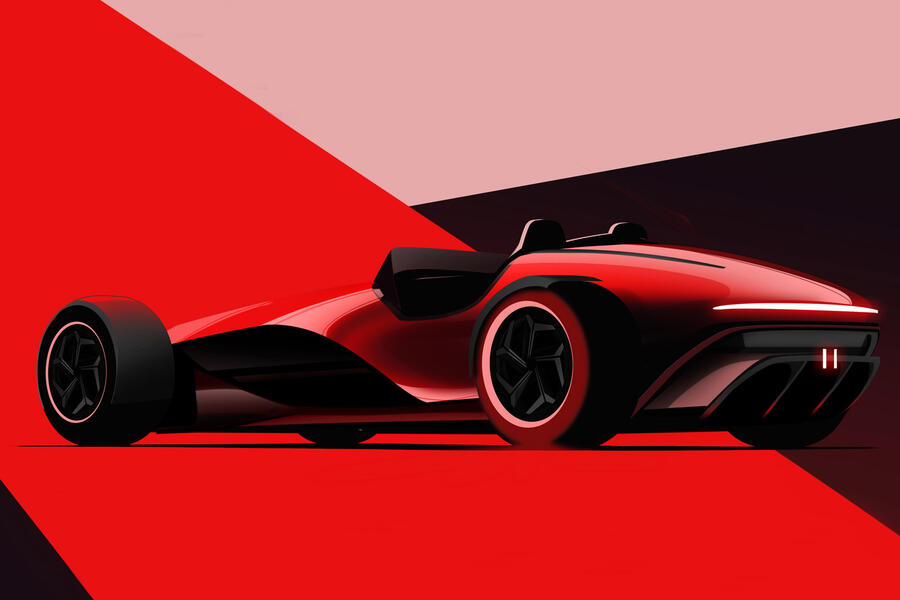

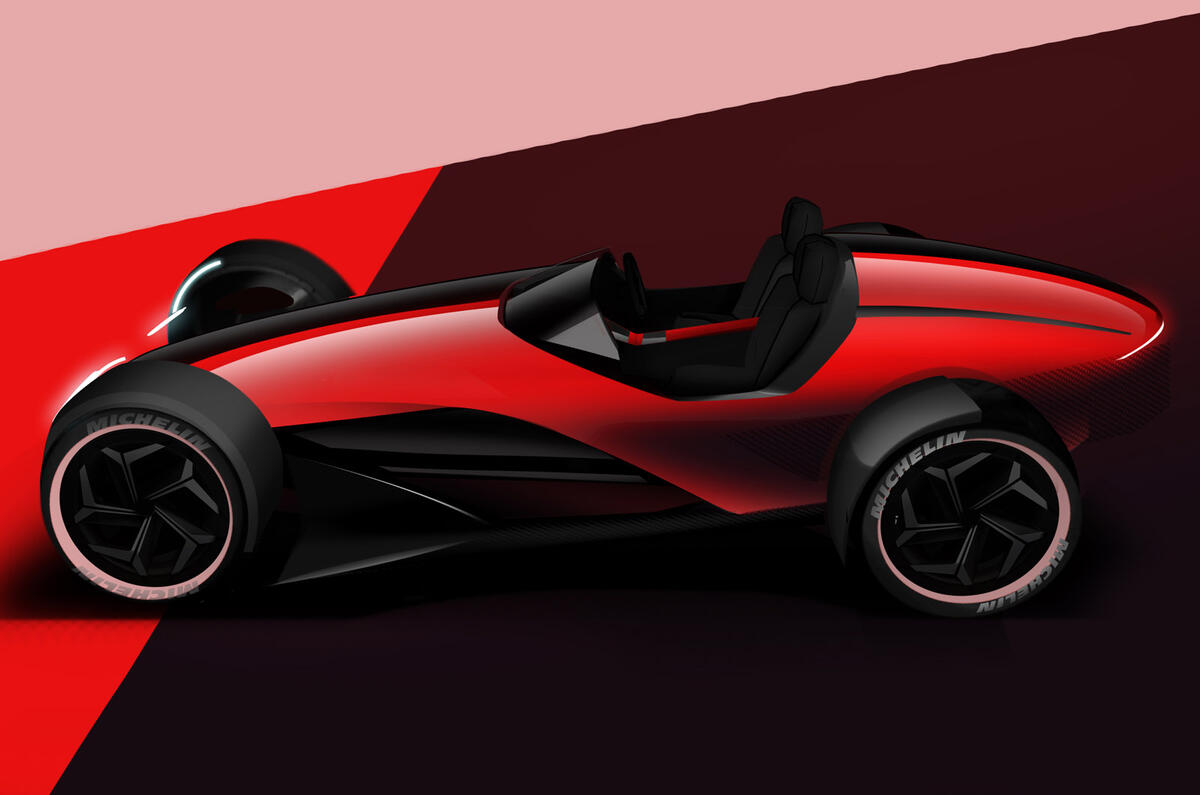
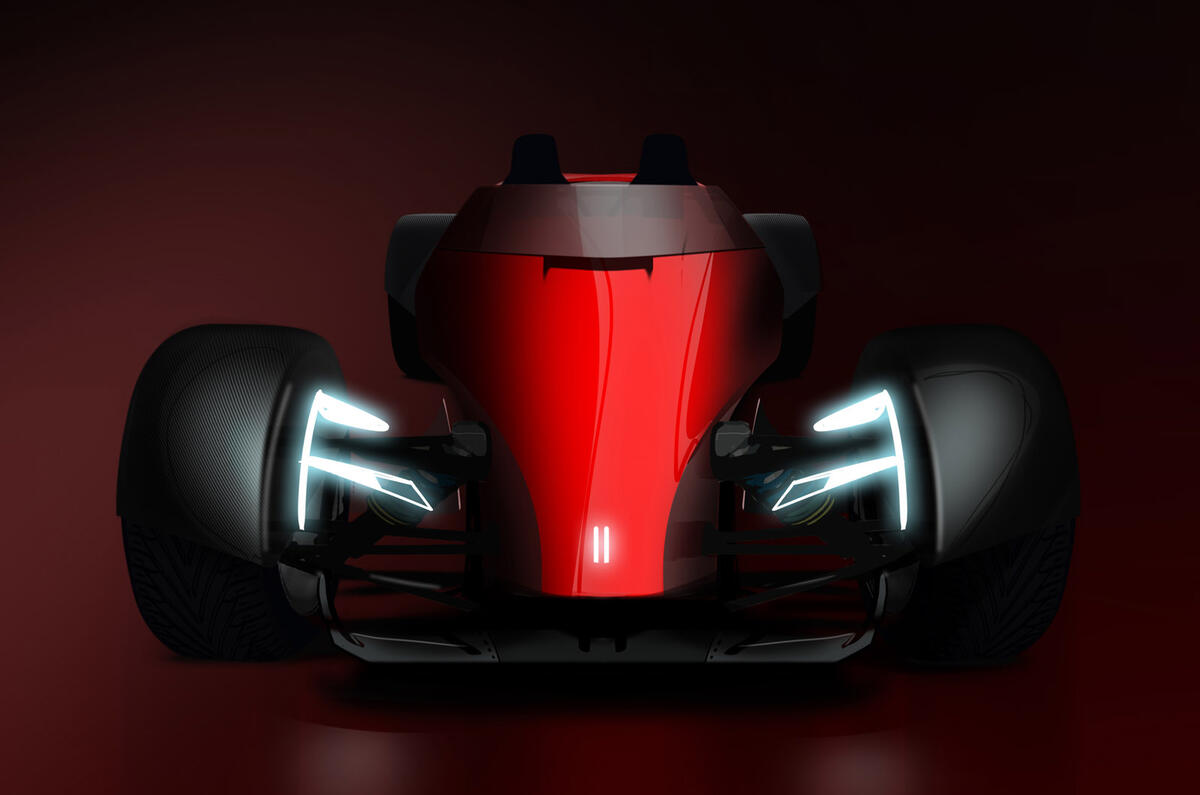
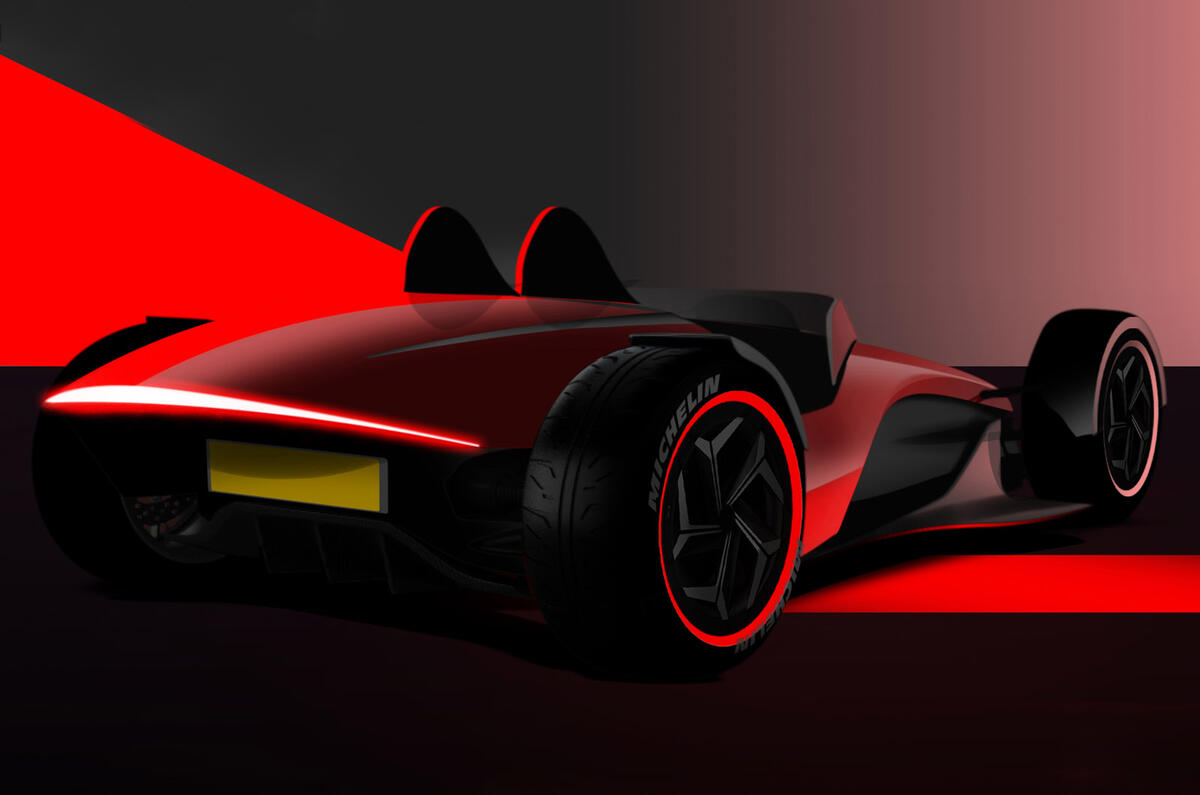
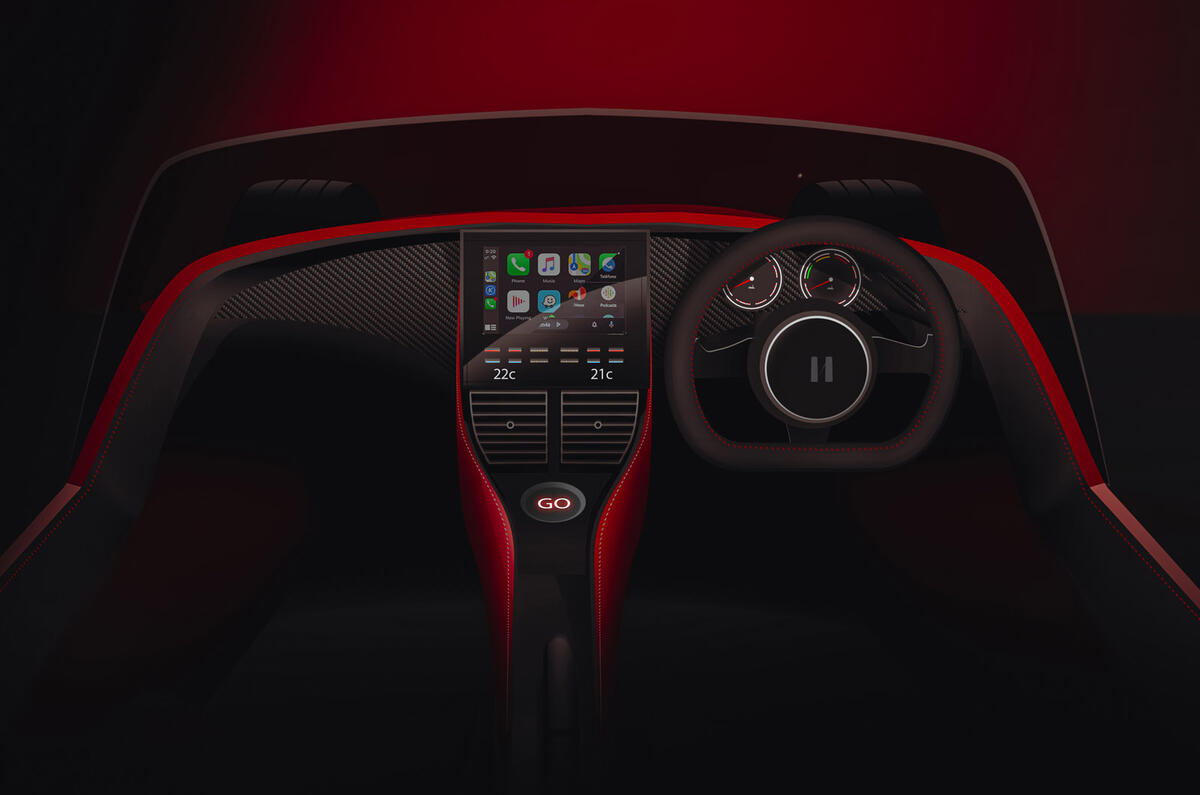
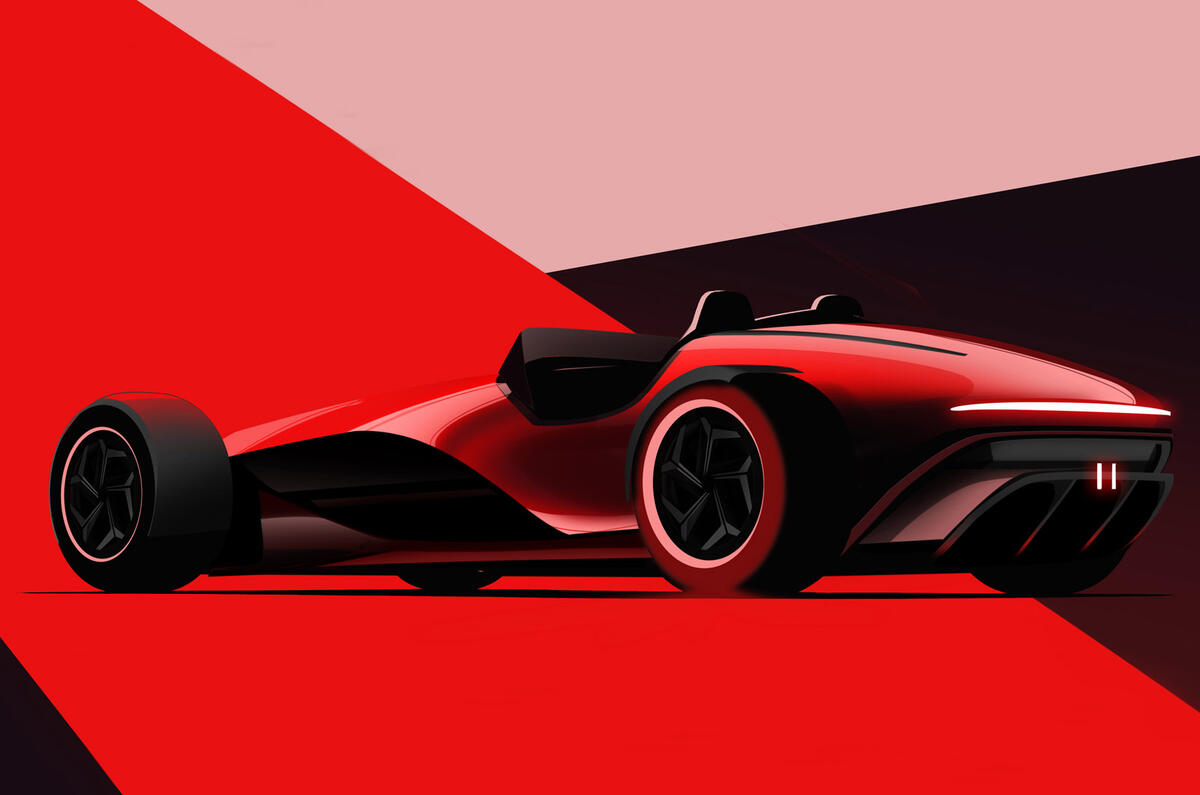


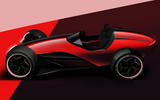
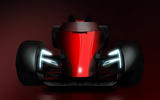
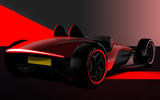
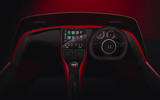
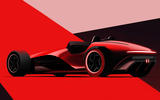

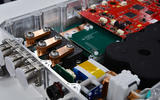

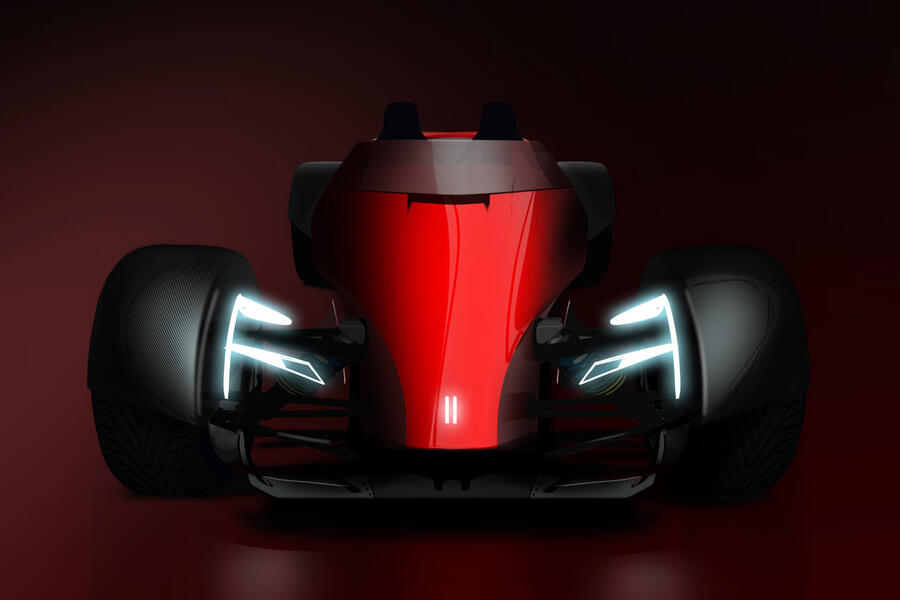
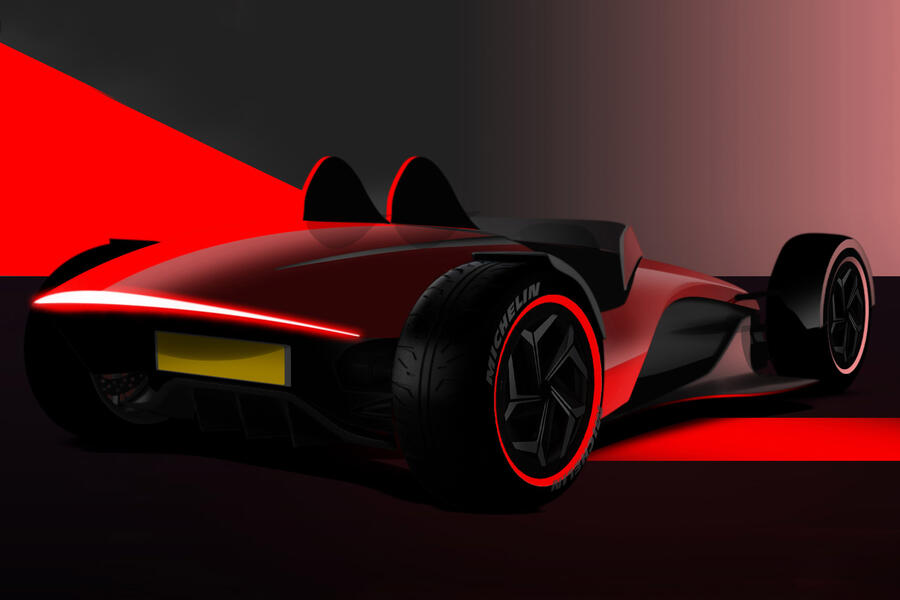
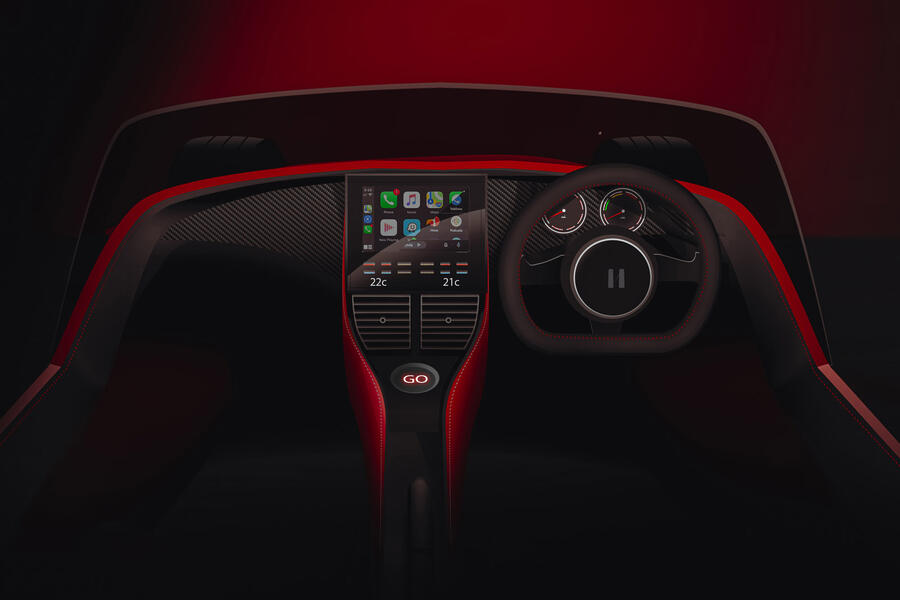





Join the debate
Add your comment
So in no way is the power unit related that in the similarly named Flatula Backfire, as seen in countless YouTube vids?
Plus as the MX5 shows the driving experience is important not absolute performance so it may be OK with quite humble power train if lightness is added with fast steering rack
nearly all cars produced by the specialist car makers have a louder than needed exhaust (because people who buy these cars like them), and a manual gearbox (because people who buy these cars like them). This car illustrated has a 'Go' button, which should tell you all you need to know, but also a large screen a duel zone climate control. Hardly very 'Caterham' is it.
The cars once bought dont do a huge mileage either, so a carbon debt from the batteries will never be repaid, so if they make things like this they will be much LESS green than the ICE cars they replace.
Much better, if small volume makers doent get an exemption, would be to rejuvenate the cars they have already made. If the rules Boris has put forward do happen they might not be able to make new cars after 2030 (for the UK, not the rest of the world), but there is no reason they cant take in tired old versions, and turn them out factory fresh with all the worn parts replaced with new. Now that really would be green!
So let me get this right, making this wouldn't be green, but completely remaking an old car would?
I take your point about noise and gears, and it's really hard to give them up, but electric can be a lot of fun too. And from experience I've hardly used my fun car since getting an electric daily driver, as I find it hard to square the exhaust emissions, and all the corruption and manipulation of the fuel ind with my conscience. I'm sure I'm not alone, and there will be a generation of people behind us who will never drive a petrol car, for these and other reasons. Embrace the future while we have one.